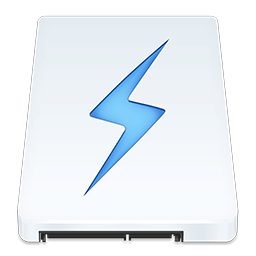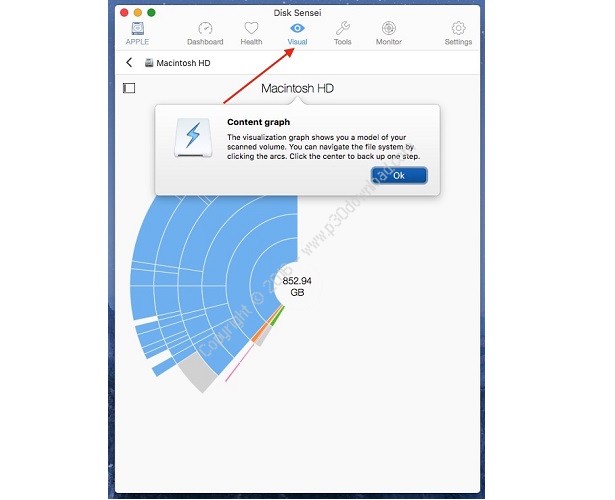

- Disk sensei malware for mac#
- Disk sensei malware install#
- Disk sensei malware for windows 10#
- Disk sensei malware software#
- Disk sensei malware Offline#
If you’d like Storage Sense to be more proactive in setting your OneDrive files to online-only, under the Locally available cloud content heading, change the default value in the drop-down menu. On the Storage page in Settings, select Configure Storage Sense or run it now.įrom the drop-down menu, set how often you want Storage Sense to run. If you prefer, you can make Storage Sense run periodically instead of running only when the device is low on storage. Storage Sense will only set files to online-only until there’s enough space freed for Windows to run smoothly, so you can keep your files available locally as much as possible.

Under Storage, turn on Storage Sense by shifting the toggle to On.Īny files that you haven't used in the last 30 days can be set to online-only when your device runs low on free space. Select the Start Menu, and search for Storage settings. Storage Sense ignores other locations, including physical drives, such as CD and DVD drives, and logical partitions, such as D: drives. Storage Sense runs only on the C: drive, so your OneDrive location must reside on the system partition (C:\).
Disk sensei malware for windows 10#
Which, so far, it is.Important: Storage Sense is available for Windows 10 version 1809 and later. Yes its scary, and no nobody is really clear what to do about protecting against it, except to trust that its rare and targeted. It includes features for cleaning your disk, uninstalling apps, analyzing battery and disk.
Disk sensei malware for mac#
Google the competitions for the underhanded C and underhanded crypto competitions where apparently clean code must secretly achieve a malicious outcome. Download the latest version of Sensei for Mac for free.

Disk sensei malware software#
In standard libraries and trusted software "hidden in plain view".
Disk sensei malware Offline#
In trusted code you redownload or reinstall almost "as standard" after wiping the disk (think Microsoft office or MySQL offline media, or web download installers).
Disk sensei malware install#
In the OS itself (bad or faked install media, covert code in the source code or added to it in an unauthorised manner by an insider, third party or distributor, unknown to the authors). Malicious accessories - fake apple chargers at one time contained a malwaring capability. Hidden network connections - devices that contain a secret networking capability that isn't a virus but can be used to get covert access. Output devices (a dongle or fake ferrite core on a monitor cable that can log the rgb signal and decode or onward transmit the screen elsewhere). Potentially the CPU itself, in its microcode. In input devices or devices used to connect input devices - keyboard dongles, mouse dongles, hardware keyloggers, USB and Bluetooth devices that silently present themselves as a fake mouse/keyboard to execute commands, touchscreen devices that log or fake input by the user.Ĭards and other pluggable devices (graphics, network, WiFi, you name it) which present interfaces at a hardware or software level or have direct access to ram, in their firmware. In the hard drive firmware (and hidden sections of the HD accessible to it) - what can't be seen can't be wiped and the HD firmware has total control over what data is sent to the computer when a disk read is requested, and whetherthe real data is modified or not. That said, here are some examples of malware vectors and snooping/logging abilities that won't be fixed by reinstalling or wiping, to give you nightmares.Ĭomputer bios (or uefi) - the main computer firmware The good thing is that at present these aren't common vectors for malware for ordinary users. Some are known to have been exploited but only by nation-states (NSA etc) and others have been demoed by security researchers (bad-usb is one). But beyond this is a realm of other locations, often completely uncheckable at the moment. Russian cybersecurity company Kaspersky discovered new malware, named ‘Clipboard Tor’, that operates within the Tor browser to steal cryptocurrency. Most viruses are stored in normal disk spaces that antivirus programs routinely check. In this week’s article, learn how the humble floppy disk keeps on ticking, byte by byte. The current answer to that is, in any device or component that has firmware (or has circuitry that facilitates secret firmware or code) - and unfortunately that's almost all of them. Select the Clean up button for System Restore and Shadow Copies. Select the More Options tab in the new window. Wait for Disk cleanup to finish calculating. The issue underlying the question is, where can code that runs automatically, exist on a computer. Right-click on Local Disk C (C:) and select Properties. But notice the qualifiers malware authors are often quite clever and adapt quickly to new ideas. In general and at the moment (2016), wipe and reinstall is usually enough for an ordinary user.


 0 kommentar(er)
0 kommentar(er)
